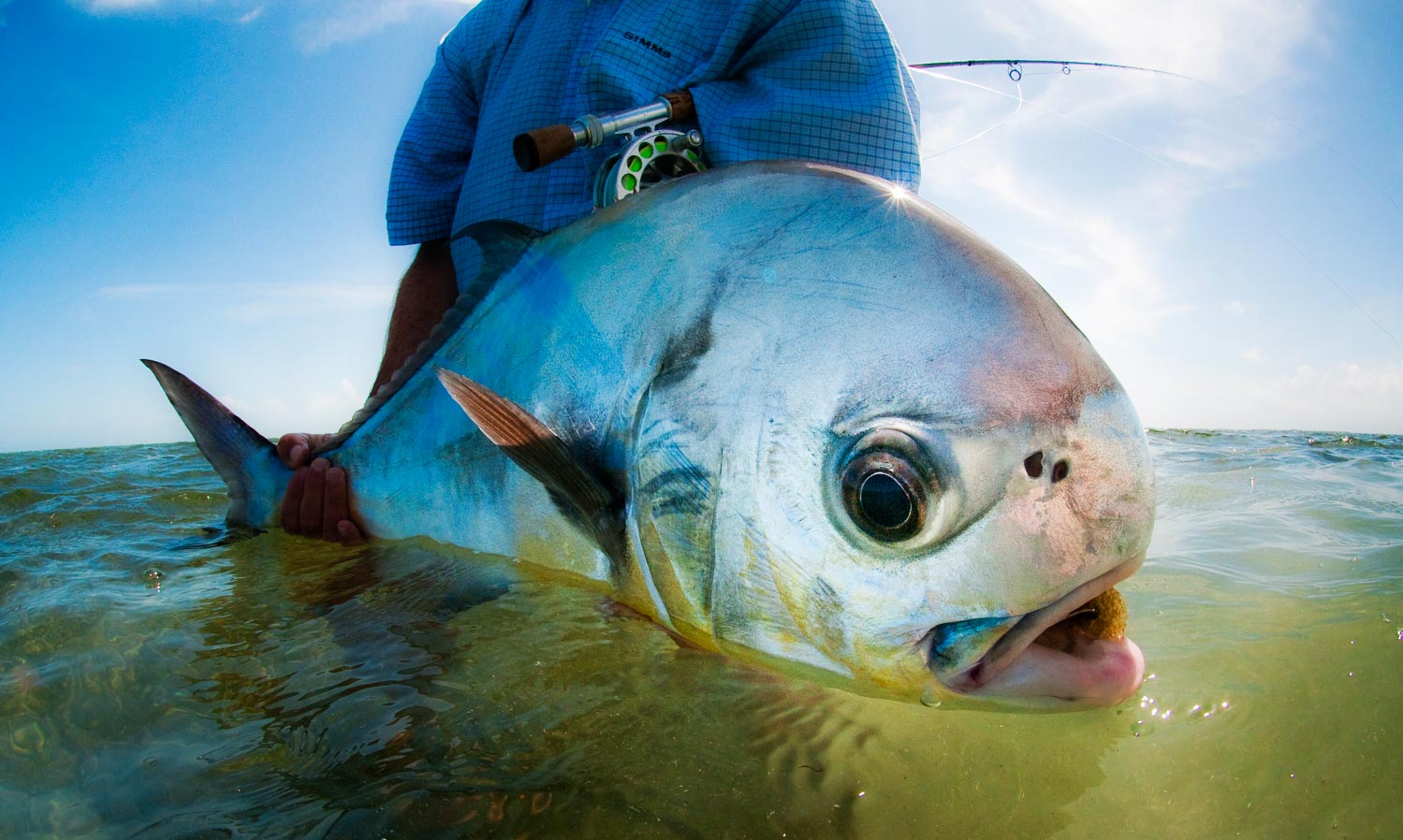Fish to Catch While in Key West
Fishing will always be a major point in vacationers’ plans at Key West given vibrant animal life. The island is home to scores of fish, including some of the most elusive names in competitive fishing.
Common
 Snapper are among the most common fish in Key West and as a result, are most-often caught. Mangrove, Mutton, yellow tail, and lane snappers will all be found in the more frequently worked depths. Depending on the fish, they may need to measure at least 8 to 16 inches in order to keep. Anglers are allowed to keep up to 10 except for Mangrove which are limited to five.
Snapper are among the most common fish in Key West and as a result, are most-often caught. Mangrove, Mutton, yellow tail, and lane snappers will all be found in the more frequently worked depths. Depending on the fish, they may need to measure at least 8 to 16 inches in order to keep. Anglers are allowed to keep up to 10 except for Mangrove which are limited to five.
Groupers will be found year-round in a number of different locations as they live in different environments and depths. Different to snapper, groupers have stricter criteria for which can be kept. The minimum length for a red grouper is 20 inches and only 3 may be kept per person.
Sharks
 Sharks may not be overly present, but there are more than enough for fishermen to catch one on the line. Lemon sharks are the most commonly caught as they are found at depths up to 50 feet. Lemon, nurse, and bull sharks are on average the heftiest sharks found in the region, averaging around six feet. Black tip, bonnet head, and saw-tooth sharks will all be located as well. The majority of sharks will be caught and released back into the water.
Sharks may not be overly present, but there are more than enough for fishermen to catch one on the line. Lemon sharks are the most commonly caught as they are found at depths up to 50 feet. Lemon, nurse, and bull sharks are on average the heftiest sharks found in the region, averaging around six feet. Black tip, bonnet head, and saw-tooth sharks will all be located as well. The majority of sharks will be caught and released back into the water.
The Big 3
 Tarpon remain one of the most coveted fish to catch in Key West given their violent fighting nature. Ranging from 5 to 200 pounds, they must be kept boat side on most occasions. Given that the fish is local to the area, anglers cannot be harvested without a kill tag (used only for world records).
Tarpon remain one of the most coveted fish to catch in Key West given their violent fighting nature. Ranging from 5 to 200 pounds, they must be kept boat side on most occasions. Given that the fish is local to the area, anglers cannot be harvested without a kill tag (used only for world records).
Permit are among the smartest fish in the Key West area and the result is that they can be very difficult to catch. Exclusively a sport fish, anglers will travel from around the world in an attempt to catch one despite them rarely exceeding 40 pounds.
Bone fish are considered the most illusive of the Big 3 given that they are so difficult to find. The “schools” are limited to 2-6 and are frequently moving. Similar to the permit, these are not coveted for their size as they rarely exceed more than 5 pounds, typically averaging 2-3.



